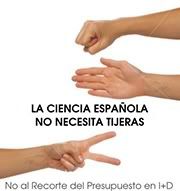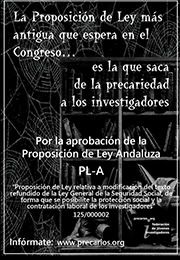 James Lovelock es conocido universalmente por la Hipótesis Gaia, según la cual la Tierra funciona como un gigantesco organismo vivo. Por ejemplo, de la misma forma en que el cuerpo de un ser vivo regula su balance de stancias químicas, los organismos vivo de la Tierra ayudan a regular ese mismo balance. Otro ejemplo: la Tierra mantiene un equilibrio absorbiendo CO2 y emtitiendo O2, y se podrían dar muchos más ejemplos.
James Lovelock es conocido universalmente por la Hipótesis Gaia, según la cual la Tierra funciona como un gigantesco organismo vivo. Por ejemplo, de la misma forma en que el cuerpo de un ser vivo regula su balance de stancias químicas, los organismos vivo de la Tierra ayudan a regular ese mismo balance. Otro ejemplo: la Tierra mantiene un equilibrio absorbiendo CO2 y emtitiendo O2, y se podrían dar muchos más ejemplos.Sin embargo, James Lovelock aparece hoy en este blog porque, desconocido para el gran público e incluso para muchos químicos, Lovelock inventó en 1957 el Detector de Captura Electrónica (ECD). Este artefacto fue fundamental en la detectión de la presencia generalizada de CFC (clorofluocarbonos) en la atmósfera que condujo finalemnte al descubrimiento del mecanismo del agujero de ozono (a través de la formación de cloro procedente de los CFC).
Hoy día, el ECD es uno de los detectores más utilizados en cromatografía de gases y se le encuantra habitualmente en casi todos los laboatorios analíticos a nivel mundial, siendo utilziado fundamentalmente en la detección y medida de pesticidas.
 James Lovelock is universally acknowledged by the Gaia Hypothesis. According to this hypotehsis, the Earth functions like a giant living organism. For example, just as a living body can regulate its balance of chemicals, the living organisms on the earth help regulate its balance. Another example: the earth naturally maintains a balance by absorbing CO2 and emitting O2, and there are many others.
James Lovelock is universally acknowledged by the Gaia Hypothesis. According to this hypotehsis, the Earth functions like a giant living organism. For example, just as a living body can regulate its balance of chemicals, the living organisms on the earth help regulate its balance. Another example: the earth naturally maintains a balance by absorbing CO2 and emitting O2, and there are many others.However, James Lovelock appears on this blog because, unknown to the non-specialist public and maybe also to the chemists themselves, Lovelock was the inventor in 1957 of the Electron Capture Detector (ECD). This device was fundamental in the detection of the widespread presence of CFCs in the atmosphere that led to the discovery of the ozone depletion mechanics (via the formation of chlorine from CFC's)
Today the ECD is one of the more used detectors in gas chromatography and is usually found in almost all analytical laboratories around the world. Its main use is the detection and measurement of pesticides.
Más información/More information e-inspirations Newsletter













No hay comentarios:
Publicar un comentario